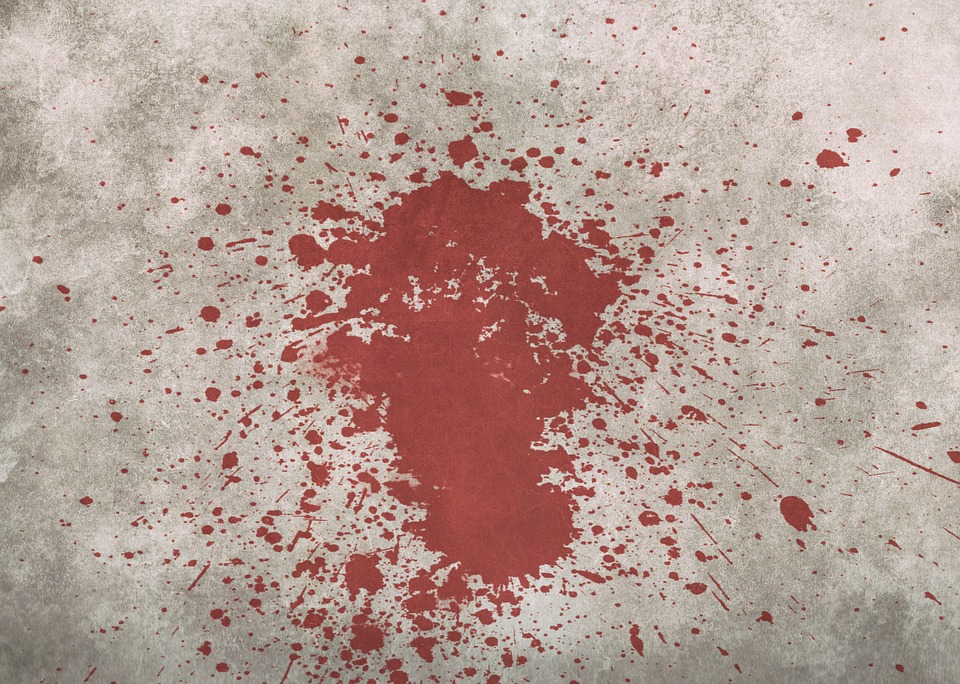Biohazardous waste, also known as infectious or biomedical waste, is defined as potentially infectious materials or agents that could pose a threat to public health or the environment. This type of waste may include blood, bodily fluids, and human tissues.
Significant biohazardous material spills, particularly those related to crimes, should be left to professionals. Emergency responders should be called first. They can then reach out to a company that is licensed to handle these types of cleanups.
Biohazardous materials can result from accidents in your home. Most homeowners have experienced someone cutting a finger in the kitchen or stepping on a broken piece of glass, resulting in blood spilling onto the floor. There are also cases of a cat or a dog vomiting inside the house or leaving their waste on the floor. In any of these situations, proceed cautiously with your cleanup efforts.
As long as biohazard spills are minor and non-crime related, adults can handle the cleanup with a few simple precautions:
- Protect yourself – You can stay safe handling infectious waste by wearing protective clothing, which could include face masks or eyewear. The simplest form of protection is the use of disposable gloves. Make sure to keep a box of rubber or latex gloves available at all times. They can be purchased at most groceries and drugstores. Gloves can help defend against possible infection.
- Contain the biohazard – You do not want the problem to grow out of proportion. The moment you notice the presence of biohazardous materials, don your protective clothing and clean up the waste, disposing it in a plastic-lined trash container. Use heavy paper towels for liquid wastes, such as blood or urine. Before disposing of the waste, make sure to double-bag it, and ensure that there is no pointed or sharp object that could pierce the bag.
- Clean blood up thoroughly – Blood or bodily fluids that have spilled onto a hard surface, such as a floor, must be cleaned with paper towels and a bleach solution. Bleach can effectively kill viruses and pathogens. Soak the contaminated area with bleach for about 10 minutes before rinsing and drying. If the spill occurs on a carpeted area, flush it with plenty of water and use a wet-vacuum to remove the fluids. Repeat the process until the stain disappears.
- Clean feces up thoroughly – Human or animal feces must be handled with the assumption that they might contain pathogens. Remove the solid waste as well as you can, and then sanitize the area using a bleach-based solution. Use hydrogen peroxide for carpeted areas.
Always wash your hands thoroughly after you clean biohazardous waste, even if you wear gloves. Caution is paramount.

